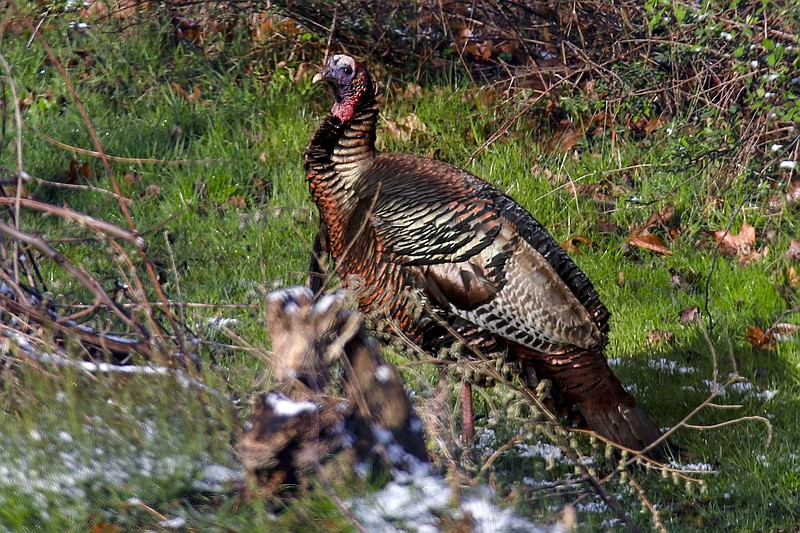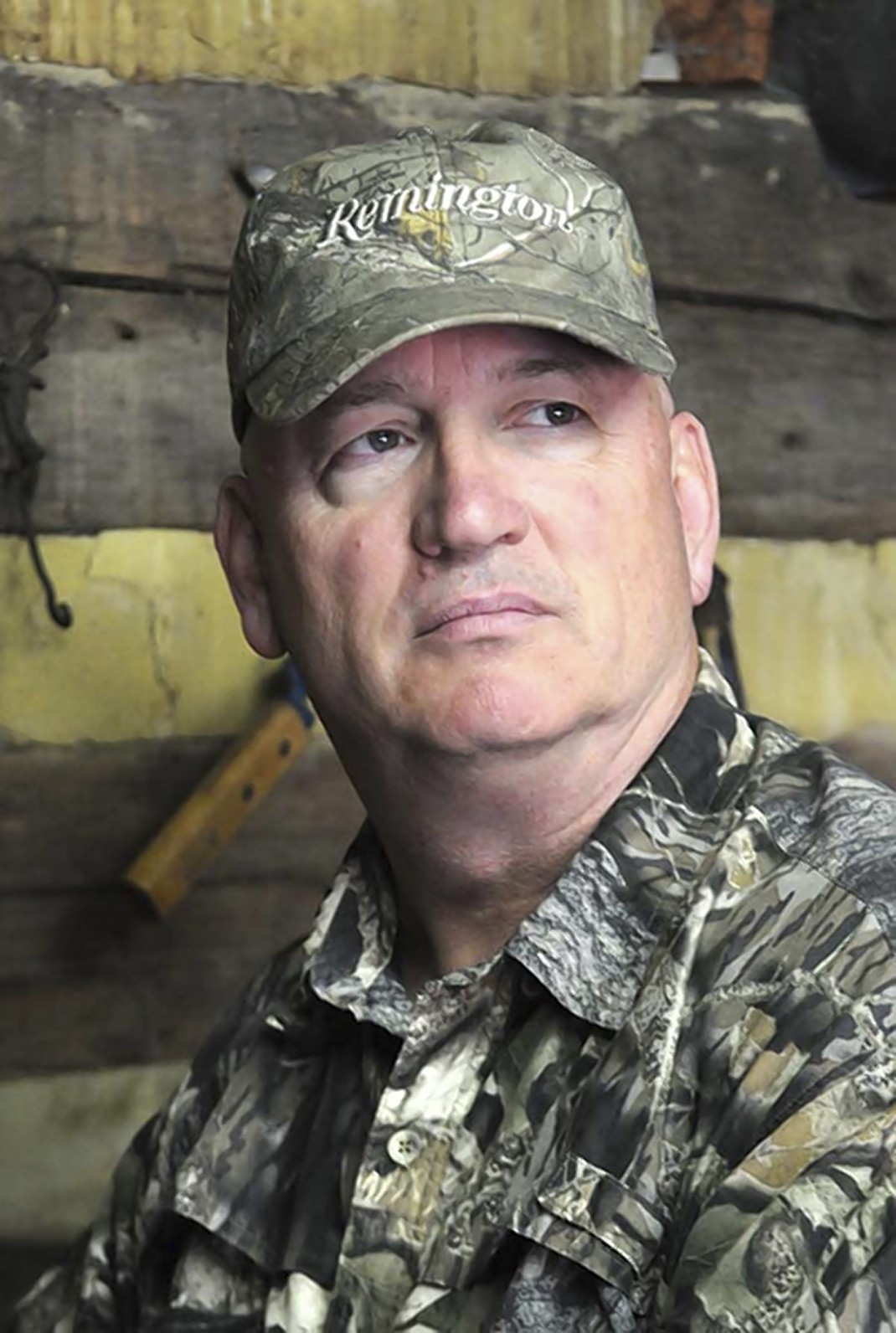Here in West Virginia, we just finished up another fall turkey hunting season.
Now to some - or maybe a lot - of you, that is not a big deal. Most of us who hunt are wrapped up in other pursuits right now, mainly related to deer. Bow season is in full swing here in my neck of the woods, and the big show, rifle buck season, is right around the corner. Some states have already started that season.
There is no denying the whitetail deer gets most of the attention in the hunting world today, and that is OK. But I am a fall turkey hunter, and I thought we might talk a little about that today.
For those not familiar with it, fall turkey season has a much older tradition than the spring season. Back in the day, meaning before the 1960s in most states, the spring season did not exist. In much of the Southeast, turkeys were hunted in the fall, and there were many more fall hunters than today. Some hunted fall turkeys exclusively, but some hunted them in connection with small game such as squirrels.
Now just to be clear, none of this is knocking spring turkey hunting in any way. I spring hunt most days of the season and love it. Fall hunting is just different.
Tom Kelly, considered by many the dean of all turkey hunting authors, once said he liked the fall season because it was "lively." I would agree. When you are in the middle of flushing a large flock, turkeys running and flying with lots of alarm putts sounding, it can be very lively.
That flushing thing is the essence of the difference in fall hunting compared to spring. The goal in fall hunting is usually to find the turkeys (this can sometimes be quite a task in big country) and get the flock broken up, separated, as scattered as you can.
Now comes the second phase of the fall hunt. Wild turkeys are by nature very gregarious: They want to stay together in the flock they have been a member of since they came out of the egg. These family groups, usually the hen and the brood she has raised this season, do not like to be separated. If they are scattered well, it is sometimes not long until these turkeys are calling and trying to find each other. (I say sometimes; it is not a sure thing that the turkeys will say a word.) The turkey hunter will find a spot close to where the flock was scattered, then hide and call to these turkeys to lure one within gun range. The lonely call of a wild turkey heard in big woods is one of the iconic sounds of nature in my book.
Now just how we scatter these turkeys is often the topic of great discussion, and part of the fun. Turkeys can be found and scattered on foot, but in short, it ain't easy, brother. Long ago some enterprising hunters in eastern Virginia started using bird dogs - usually pointers or setters or a mixture of the two - to find and flush turkeys for them. (Such a dog is known as a "dropper" in the South.) Turkeys are fleet of foot and hard to find in large tracts of land, but a bird dog has a keen nose and a highly developed prey drive (he wants to find game), and most of these dogs are very fast. These big running dogs scour the woodlands, find the scent of a flock of turkeys, follow them and run into the turkeys, scattering them to the four winds barking as the turkeys fly.
Talk about lively!
So the hunter finds a good hiding place and may build a quick blind to conceal himself and the dog. That's right. The dog sits with the hunter while he is calling. This takes quite a bit of training! Hopefully the turkeys are flushed well and will call and give the hunter a chance to entice one within range. It is quite an experience.
You don't have to take a dog to hunt turkeys in the fall, of course. Of the few fall hunters left out there, many like to ease through the woodlands, calling occasionally, looking for fresh turkey sign and hoping to engage with a flock. It is just one way to hunt this uniquely American game bird.
Fall turkey hunting is nowhere near as popular as it used to be, and that is OK. I just hope we don't see it disappear altogether from the hunting scene. It is a time-honored hunting tradition that hopefully will be around for a long time.
"The Trail Less Traveled" is written by Larry Case, who lives in Fayette County, W.Va. You can write to him at larryocase3@gmail.com.

